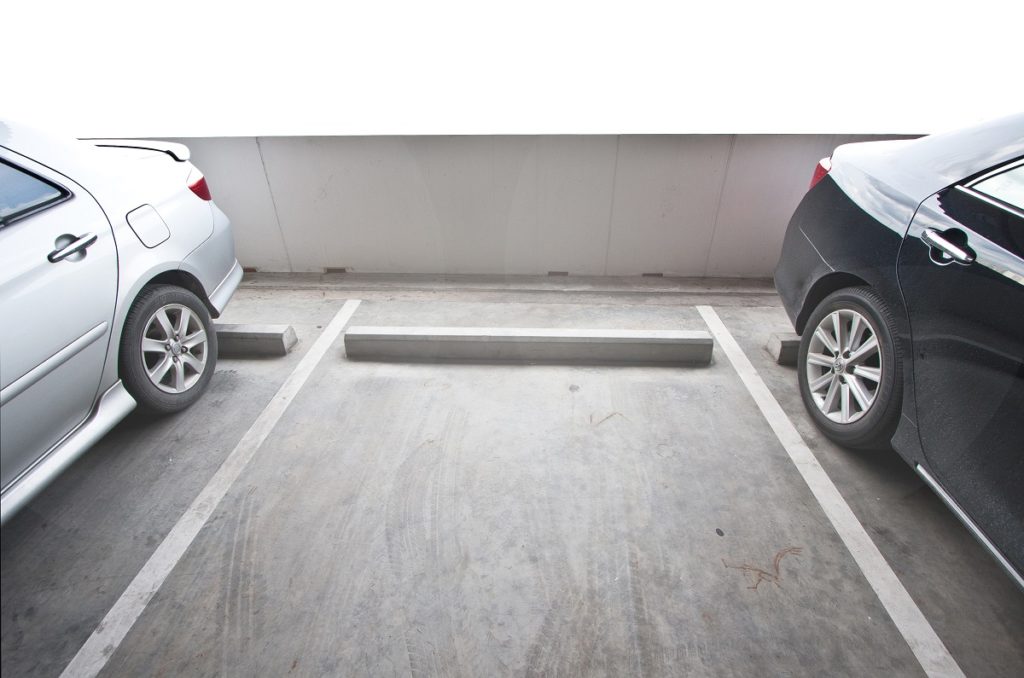A car enters and leaves a parking space up to four times a day, or over a thousand times a year.
Although concrete driveways and parking lots are made to stand constant wear and tear, they won’t last a lifetime. Concrete can last up to 30 years, while asphalt can last up to 25 years. You may need to give them constant maintenance to remain in a tiptop condition beyond these points.
Here are visible signs that your parking space needs repair:
Cracks
Concrete is designed to take only a certain weight. Most residential driveways are designed to support the weight of a car or a small truck. A 4-inch pavement is generally acceptable to support cars and light trucks. For bigger trucks, the pavement will have to be at least five or six inches thick.
On both asphalt and concrete surfaces, cracks will form normally over time, but cracks can be made worse by chemicals.
When concrete that contains steel re-bar or a steel wire gets wet and comes in contact with oxygen, corrosion occurs. When water enters the concrete through small cracks, it can reach the steel. When it does, the steel begins to rust. Since rust is expansive, it pushes out and can cause even more cracking. To ensure small cracks won’t worsen, make sure to fill them with concrete as soon as they show.
Potholes

Potholes are not only an eyesore, but they’re also a safety risk. Potholes occur when there’s contraction and expansion of soil underneath the pavement. Soil gets eroded when running water is present underneath. As the vehicle parks, the pavement breaks down, therefore forming potholes.
The jagged edges of the concrete can cause damage to your car’s tires, suspension and exhaust.
- Tires – Rough concrete edges can cause sidewall bulges, tread separation and flat tires. These can also cause chips, cracks and dents.
- Suspension – Your car’s suspension system acts as a shock absorber to jarring impacts. But consistently driving over potholes can lead to ball joint damage and misalignment.
- Exhaust – If the pothole is deep, it may cause damage to your car’s exhaust. It may also scrape your muffler or catalytic converter.
In cities like Salt Lake City, constant rain and snow can result in potholes in many parking spaces. You can seek the help of trusted asphalt maintenance service providers to make sure your parking lot stays in top shape.
Pooling water
You may see puddles of water in your parking lot after a long drizzle. The pavement might have been leveled improperly during its construction that causes water to be trapped. Or, there might have been problems regarding drainage.
Small pools of water may not inflict damage on the car, but they pose a safety hazard to drivers and pedestrians. Slippery pavements increase the risk of slip-and-fall accidents. Besides, standing water can lead to even more problems, like cracks and potholes.
If you’re noticing any of these signs, it may be time to check your parking lot to see if it needs any repair. If left untreated, it could lead to unwanted dings and scratches and eventually, major repairs and expenses.




